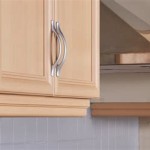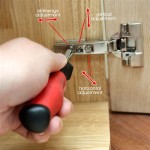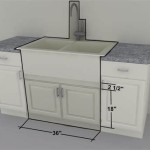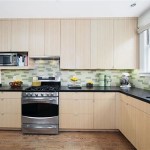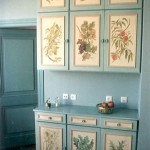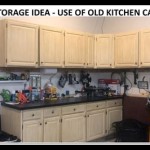Essential Aspects of Kitchen Cabinet LED Downlights
Kitchen cabinet LED downlights play a crucial role in enhancing the functionality and aesthetics of your kitchen. These small yet powerful fixtures provide ample illumination for cooking, meal preparation, and other tasks. Understanding the essential aspects of these downlights will help you make informed decisions when selecting and installing them in your kitchen.
Brightness and Output Levels
The brightness of a downlight is measured in lumens. The higher the lumens, the brighter the light. For kitchen countertops where you need ample illumination, look for downlights with a brightness of at least 1000 lumens. For ambient lighting, downlights with 500-800 lumens may suffice.
Color Temperature
Color temperature refers to the warmth or coolness of the light emitted by the downlight. Measured in Kelvin (K), a lower color temperature produces warmer yellowish light, while a higher color temperature results in cooler bluish light. For kitchens, a color temperature of 3000-4000K is recommended as it provides a balanced and inviting atmosphere.
Beam Angle
The beam angle determines the spread of light from the downlight. A wider beam angle illuminates a larger area, while a narrower beam angle provides more focused lighting. For general kitchen illumination, a beam angle of 90-120 degrees is suitable. For accent lighting or task-specific areas, downlights with a narrower beam angle (60-80 degrees) can be more effective.
Mounting and Installation
Kitchen cabinet LED downlights are typically mounted either flush or recessed. Flush-mounted downlights are installed directly on the surface of the cabinet, while recessed downlights require a cutout in the cabinet to be installed below the surface. The choice depends on your cabinet design and aesthetic preferences.
Energy Efficiency
LED downlights are renowned for their energy efficiency. Compared to traditional incandescent or halogen bulbs, LED downlights consume significantly less power while providing similar or even brighter illumination. This can lead to substantial energy savings over time and reduce your environmental impact.
Additional Features
Some LED downlights come with additional features that further enhance their functionality. Dimmer switches allow you to adjust the brightness as needed, while motion sensors can automatically turn the lights on when movement is detected. Remote control options provide convenience in turning the lights on/off from a distance.
Conclusion
Kitchen cabinet LED downlights are essential elements for a well-designed and functional kitchen. By considering the brightness, color temperature, beam angle, mounting, energy efficiency, and additional features, you can select the right downlights that meet your specific needs and enhance the ambiance of your kitchen.

How To Choose And Install Led Strip Lights For Kitchen Cabinets

Vega Moda Super Slim Recti Diffused Led Cabinet Light

Kitchen Lighting Led Lights For Kitchens Downlights Direct

5 Types Of Under Cabinet Lighting Pros Cons 1000bulbs Blog

What You Need To Know About Under Cabinet Lighting

Guide To Undercabinet Lighting

Guide To Under Cabinet Kitchen Lights Simple Lighting Blog

Led Under Cabinet Lighting Low Voltage Lights

All You Need To Know About Kitchen Cabinet Lighting Downlights Direct Advice News

How To Choose The Best Kitchen Lighting 2024 Downlights Direct Advice News
Related Posts

